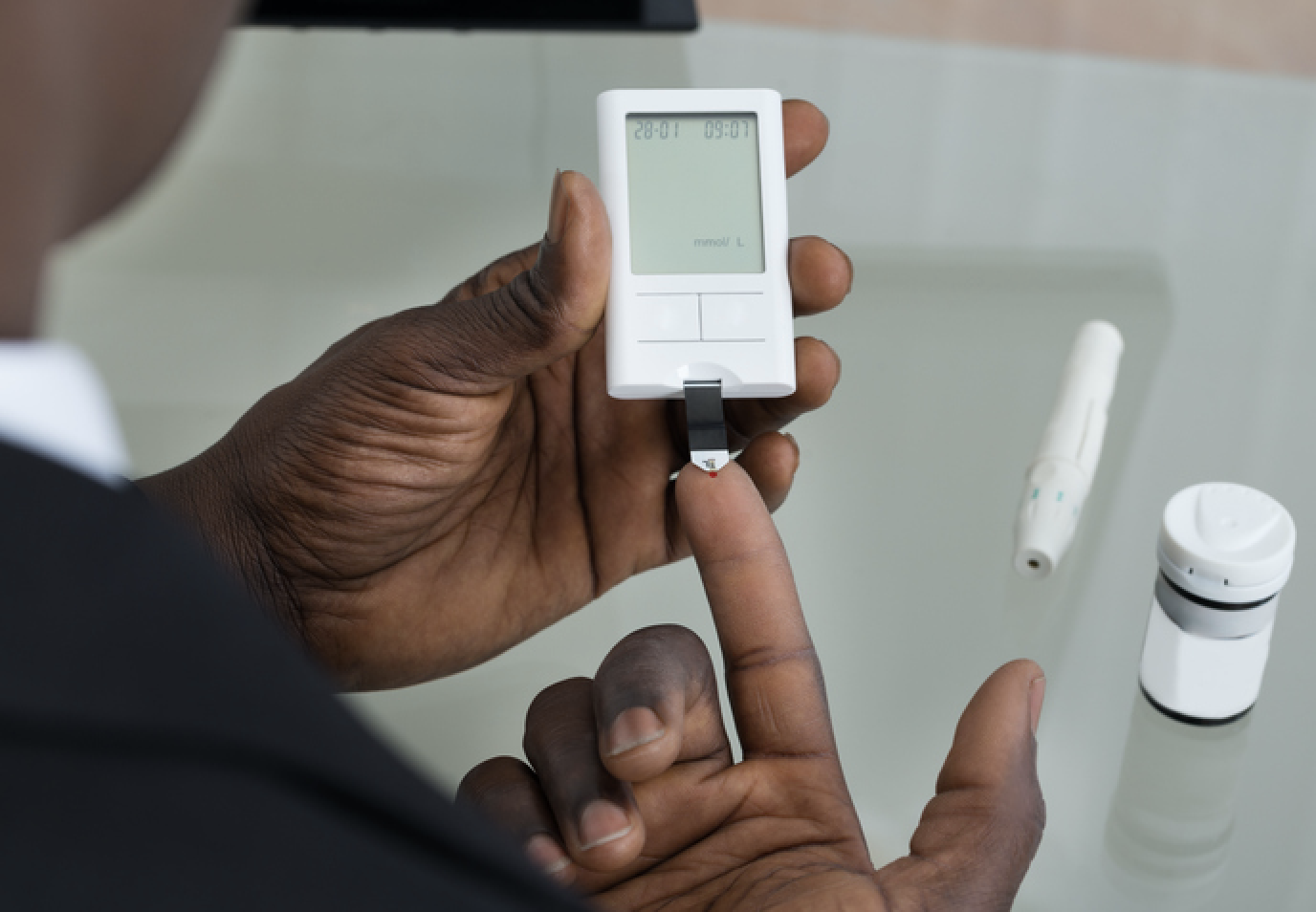Could I Have Been Misdiagnosed? Do I Have Type 1 or Type 2 Diabetes?
By Jeemin Kwon
 By Jeemin Kwon and Martin Kurian
By Jeemin Kwon and Martin Kurian
A recent study found 38% of those with type 1 diagnosed after age 30 were not initially given insulin; learn ways of differentiating between type 1 and type 2 at diagnosis
Though a type 1 diabetes diagnosis is generally associated with children, it can occur at every age. In fact, more than 40% of type 1 diabetes diagnoses occur after the age of 30. Unfortunately, it is very common for so-called “late-onset” type 1 to be misdiagnosed as type 2 diabetes, given the similar symptoms and high rates of type 2 diabetes in adults. The consequences of a missed diagnosis of type 1 diabetes are significant due to a lack of appropriate action – e.g. insulin therapy, carb counting, continuous glucose monitor (CGM) and pump use.
A recent study in Diabetologia found that 21% of people initially diagnosed with type 2 diabetes after the age of 30 and treated with insulin actually had type 1 diabetes. A striking 38% of those with late-onset type 1 did not immediately receive insulin – putting them at high risk of diabetic ketoacidosis (DKA). Of those with late-onset type 1 diabetes, 85% required insulin within one year of diagnosis. Indeed, if insulin treatment is required within three years of diagnosis with type 2 diabetes, there is a high likelihood that a type 1 diagnosis was missed.
While the symptoms of type 1 and type 2 diabetes are fairly similar – increased thirst, frequent urination, hunger, fatigue, blurred vision – there are some differences both healthcare providers and people who are diagnosed can pay attention to. The following circumstances may indicate late-onset type 1:
-
High blood sugars that do not respond to non-insulin medications such as metformin, sulfonylureas, TZDs. In contrast, SGLT-2 inhibitors are a non-insulin medication that would lower blood glucose in type 1 and type 2, but may increase risk of DKA in people with type 1.
-
Absence of obesity, high blood pressure, and high cholesterol levels (which are strongly correlated with type 2 diabetes); and/or
-
The presence of other autoimmune diseases (celiac disease, autoimmune thyroid diseases, vitiligo, rheumatoid arthritis, etc) or a family history of type 1 diabetes or other autoimmune diseases.
Unfortunately, there is no "definitive" go-to tool that differentiates a diagnosis between type 1 and type 2 diabetes. There are, however, lab tests that look for certain markers of type 1:
-
C-Peptide: This mirrors insulin levels produced in the body and are distingushable from injected insulin; low levels of C-peptide correlates to low levels of insulin produced in the body, pointing to type 1 diabetes.
-
Autoantibodies: Because type 1 diabetes is a condition caused by the body’s immune system attacking its own insulin-producing beta cells, you can check for the presence of antibodies (proteins used by the immune system) such as IAA, IA-2A, ICA, and GAD.
Though these tests are not conclusive, they can help your healthcare provider get a clearer picture. Share this article with your healthcare provider if you think you have been misdiagnosed and request that they refer to the American Diabetes Association's Guidelines for diagnosis and care of those with diabetes here.







